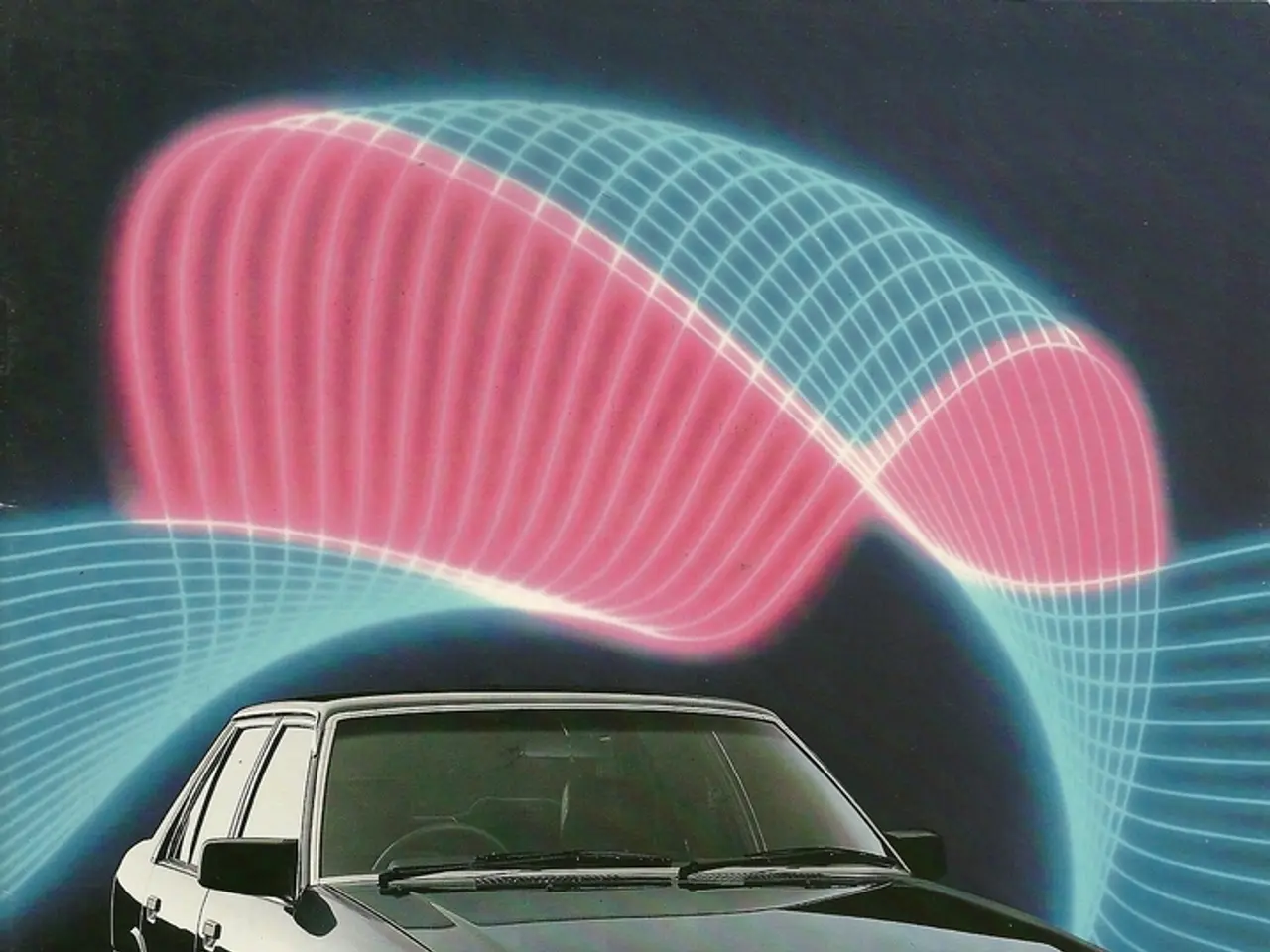Reason for Fading Car Headlights: Typical Issues and Solutions Explored
In the quest for a safer driving experience, the focus should be on visibility and the ability to see hazards in time to avoid accidents, rather than the legality of driving with one headlight.
While driving with one headlight on is not explicitly illegal by itself in Florida, the law requires drivers to use headlights under certain conditions for safety. However, failing to have proper headlights when required, such as at night or in rain, can be a civil infraction.
Common causes of dim headlights include aging or oxidized headlight lenses, weak or failing headlight bulbs, electrical issues, dirty or obstructed lenses, and improper headlight alignment. Proper maintenance—cleaning lenses, checking bulbs and wiring, and aligning headlights—helps ensure headlights shine brightly for safety.
Poor battery health can affect the entire electrical system, including headlights. Electrical issues, such as loose connections, corroded wiring, or a failing alternator/battery, can cause dim headlights. If electrical issues are suspected, it's recommended to see a mechanic for proper electrical diagnostics.
Aging headlight lenses often suffer from oxidation and UV damage from years of sun exposure, creating a cloudy, yellowish haze. Dirty or cloudy headlight lenses can block some of the light from getting through and reduce light output. DIY headlight cleaning and restoration kits are available at most auto parts stores and can restore a lot of brightness for a few dollars. If the cloudiness on headlight lenses is severe or the lenses are cracked or damaged, professional restoration services or complete lens replacement might be necessary.
Headlight bulbs don't suddenly burn out but get dimmer gradually over time, even before they completely fail. Signs that headlight bulbs might be failing include one headlight noticeably dimmer than the other, flickering lights, or headlights that take a while to reach full brightness when turned on.
Choosing the wrong type or size of replacement bulbs can damage headlight housing or the electrical system. Different types of bulbs have different lifespans: halogen bulbs last about 500 to 1000 hours, HID lights can last 2000 hours or more, and LED lights often last even longer. Maintaining headlights proactively helps keep night drives safe and ensures a clear, well-lit view of the road ahead.
Diagnosing the issue quickly helps ensure safe and stress-free night drives. Corroded or loose battery terminals can cause a voltage drop that affects headlight performance. If electrical issues are suspected, it's best to consult a professional.
In Florida, not using headlights in rain, for example, is a civil infraction but does not justify police escalation. Driving with dim or non-functioning headlights can be a genuine safety hazard and potential cause for tickets. By taking proactive steps to maintain our headlights, we can help ensure the safety of ourselves and others on the road.
- Social media platforms could be used to share tips and advice on car-maintenance, such as how to clean headlight lenses or replace headlight bulbs, to promote safer driving experiences.
- In the automotive industry, there is a growing focus on introducing energy-efficient, long-lasting headlight bulbs, like LED lights, to enhance visibility and reduce the frequency of car-maintenance tasks related to headlights.
- The finance industry might offer loan options or financing packages for car owners to upgrade their vehicles' headlights for improved visibility and safety, given the potential impact of dim headlights on lifestyle and driving experience.
- As transportation technology evolves, upcoming autonomous vehicles may incorporate advanced headlight systems with continuous visibility and adjustments to environmental conditions, providing a significant upgrade in safety compared to traditional headlights.




